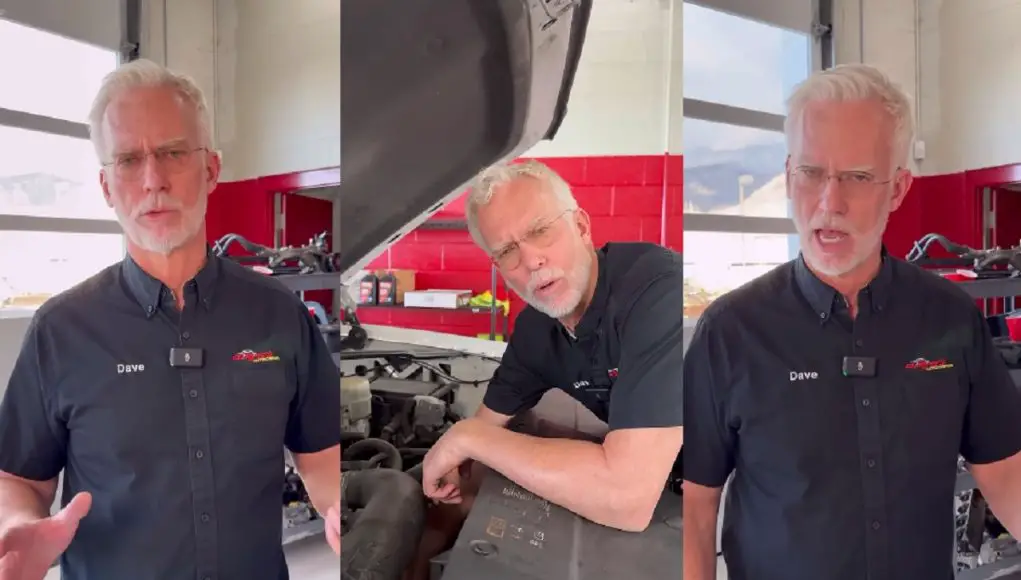When it comes to oil changes, follow this simple rule of thumb and your engine should be happy for several hundred thousand miles.
One of my favorite car mechanic channels on Youtube is Dave’s Auto Center based out of Centerville, UT.
A week and a half ago, Dave posed a question to his followers about an internal engine squeaking noise he came across on this 2015 Chevrolet Silverado’s 5.3L GM/Chevrolet V8 commonly found on modern Silverado/GM Sierras, Tahoes, and Suburbans.
It was his follow-up video highlighting the problem and underlying issue that caught my attention.
Dave posed a simple, easy to remember rule of thumb I’ve now heard several car mechanics on Youtube repeat in so many words and is a golden rule I’ll follow from now on.
As Dave’s video shows, the noise didn’t come from a worn out accessory belt, but from a worn camshaft lobe caused by a bad lifter ruined by a buildup of engine sludge.
This isn’t a particularly old truck with a crazy amount of mileage, and, it has a naturally aspirated small block V8 with a supposedly uncomplicated pushrod design.
What gives?
While it is a relatively big modern American-designed engine, these small block Chevys have increasingly become modernized and more complicated.
GM came out with this LS-based SBC in 1997 and over 26 years, this newest iteration, a Gen V, has gotten more powerful, but more complicated, too.
Most notably, according to GM Authority, this L83 has direct injection and cylinder deactivation which, during certain operating conditions, can shut off up to four cylinders to save fuel.
“That tar/sludge is from not changing your oil often enough,” Dave says as he smears a dab of tar from near the oil pickup onto his hand.
“Do not follow the manufacturers recommendations, that will not give you the longest life of your engine, especially with engines like this that have variable valve timing, smaller passages, these lifters, DOD (displacement on demand) delete and things like that.”
And here’s the rule of thumb Dave recommends.
“Change your oil half of what the manufacturer recommends. So, if it says 10,000 miles, you change it at five. If they say 7,000 miles, change it at 3,500 miles.”
“Change your oil more often, and you’ll save yourself a lot of money.”
Your car is the second most expensive purchase next to a house, with Americans financing upwards of $48,000 on average.
If you love and rely on your cars, following Dave’s simple rule will improve the chances your investment will last you for many years to come.
Examples
Chevrolet Silverado – Owner’s manual says to change your oil about every 7,500 miles, using Dave’s rule of thumb, change your oil every 3,750 miles.
Ford F-150 – Owner’s manual says to change your oil every 7,500-10,000 miles, using Dave’s rule of thumb, change your oil every 3,750-5,000 miles.
Honda Civic – Owner’s manual says to change your oil every 7,500 miles, using Dave’s rule of thumb, change your oil every 3,750 miles.



